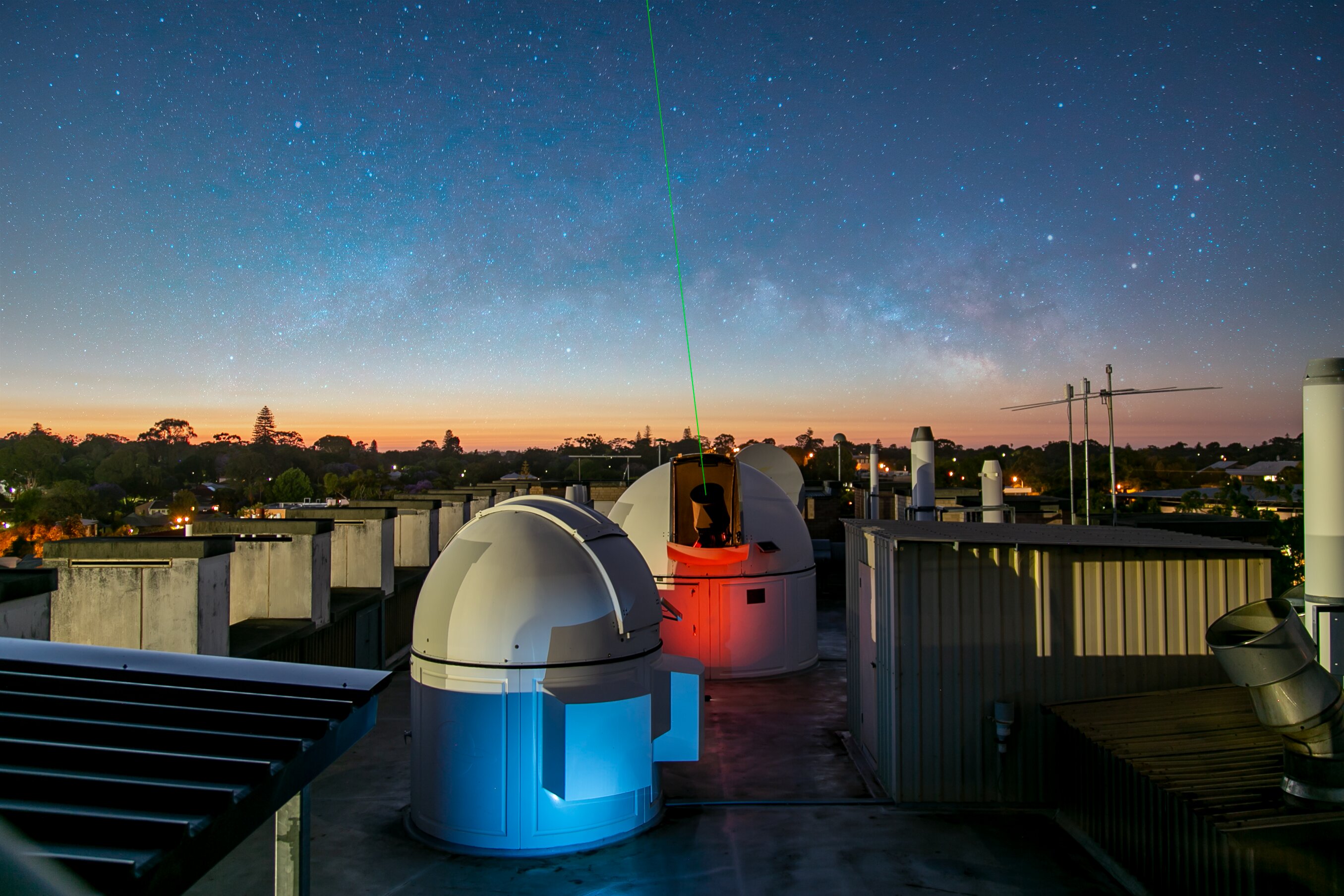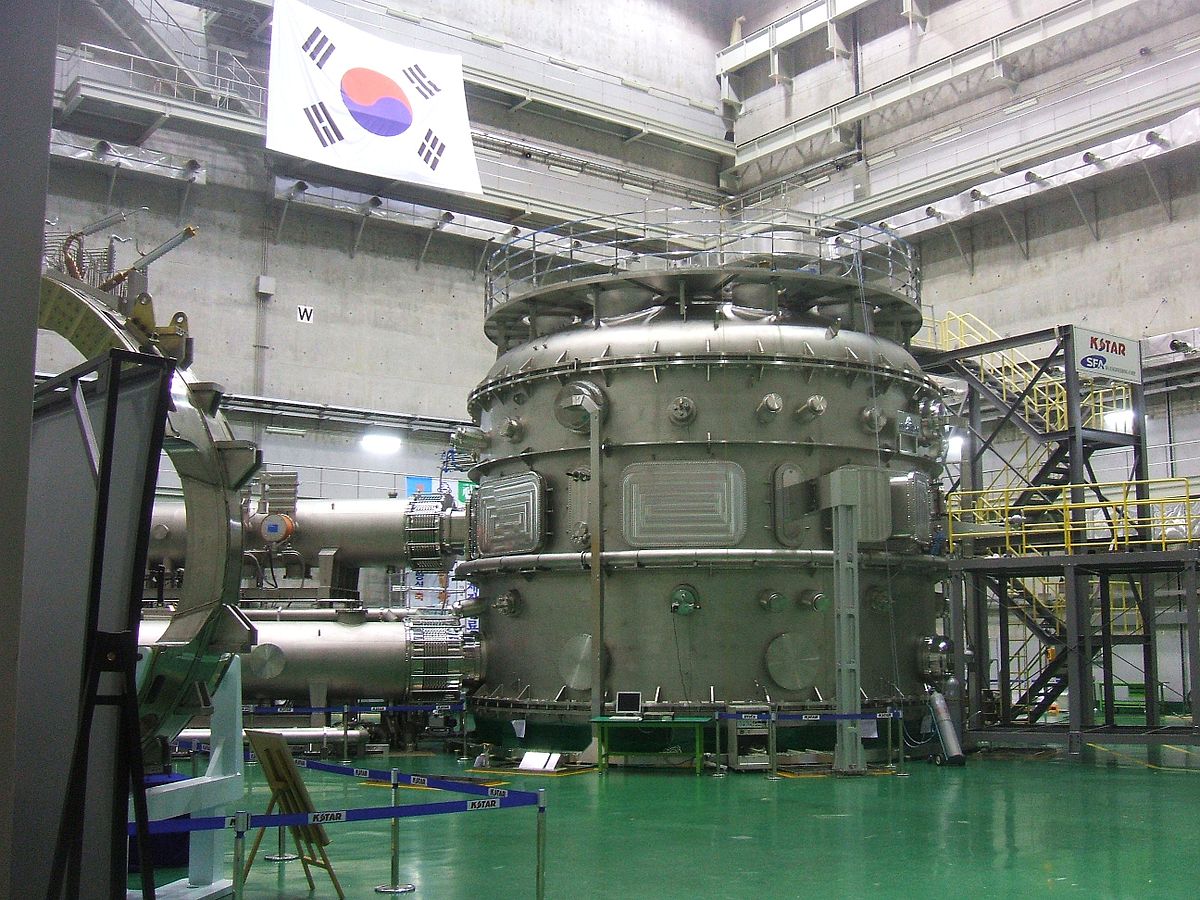Two collaborating teams of researchers from the International Centre for Radio Astronomy Research (ICRAR) and the University of Western Australia (UWA) have created the world’s most stable laser link, smashing the relevant world record and creating huge anticipation to their peers for the actual scientific deployment of the tool. The researchers have set up the laser system by using self-guiding optical terminals combined with phase stabilization technology, which enabled them to transmit laser beams from the ground to Low-Earth-Orbit (LEO) satellites without distortion and deviation.
This is a particularly hard feat because the atmosphere, which is in the way, is a dynamically shifting system in itself. On large distances like that between the surface of the planet and machines roaming on the LOE level, even the slightest of imprecision leads to false calculations and renders scientific instruments or tech solutions practically worthless. This is precisely why having such a super-stable laser link is so important, opening up a whole host of new application possibilities.
As a leader of the team stated:
“We can correct for atmospheric turbulence in 3-D, that is, left-right, up-down and, critically, along the line of flight. It’s as if the moving atmosphere has been removed and doesn’t exist. It allows us to send highly stable laser signals through the atmosphere while retaining the quality of the original signal.”
The scientists now hope to use the new laser system to increase the data rate from satellites to ground receptors. If that works, next-gen satellites built specifically for “big data” applications could beam critical information to the ground and with exceptional reliability, minimizing packet losses and making the whole concept feasible.
Additionally, the team can test Einstein’s theory of general relativity more precisely than ever before, figuring out exactly how time, space, and speed relate, how they change, and to what magnitudes. Diving deeper into “established” physics is crucially important to understand things that may be the keys to higher-level knowledge.
And finally, some more practical scenarios are being given as candidates for possible revolutionization by the new laser link. The team mentions better optical communications, water table change studies, underground ore deposit probes that are launched from space, and many more. Obviously, military applications cannot be excluded, even if those were not discussed.
Most Stable Laser Link Ever Could Help Us Test Established Physics Theories
By: | January 28th, 2021

UWA’s rooftop observatory. Credit: ICRAR.
More articles from Industry Tap...






